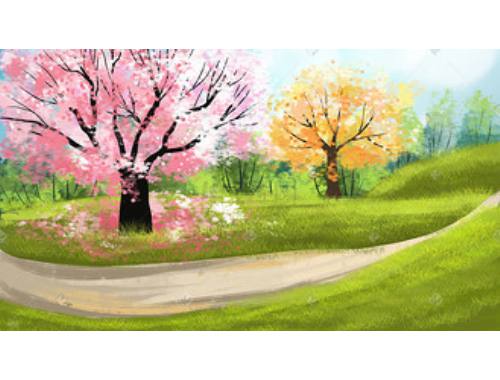
ABSTRACT
As a branch of literature, children?s literature shares the features of most adult literature, but it also has its special characteristics, which are caused by children?s specific language features, cognitive features, and psychological development. Owing to the limitation of the target readers, children?s literature has long been neglected in the literary world. This thesis makes a study on the translation of Charlottes Web, and puts forward several child-oriented strategies under the guidance of Nida?s functio
nal equivalence theory. Meanwhile, it calls for adopting a flexible policy to cope with translation of children?s literature, and change the translation strategies according to the specific situation.
The first chapter gives a brief des
cription of the definition, origin and the current situation of children?s literature, and points out the aim of the thesis.
The second chapter studies the basic features of children?s literature and summarizes two difficulties of its translation.
The third chapter introduces Nida?s functio
nal equivalence theory. The author argues that a translator of children?s literature is expected to translate the original text from the perspective of children.
The fourth chapter makes a comparative study on the differences of the three versions of Charlottes Web, and puts forward specific translation strategies to cope with the two difficulties under the guidance of functio
nal equivalence theory.
The fifth chapter summarizes the i
mportant points of this thesis and call on translators to diversify the translation strategies so as to accommodate children?s needs as well as the complex conditions.
Key Words: Children?s literature; functio
nal equivalence; translation strategies
目 录
致 谢 i
摘 要 ii
HYPERL
INK l _bookmark0 ABSTRACT iii
HYPERL
INK l _bookmark1 第一章 引 言............................................................................................................... 1

